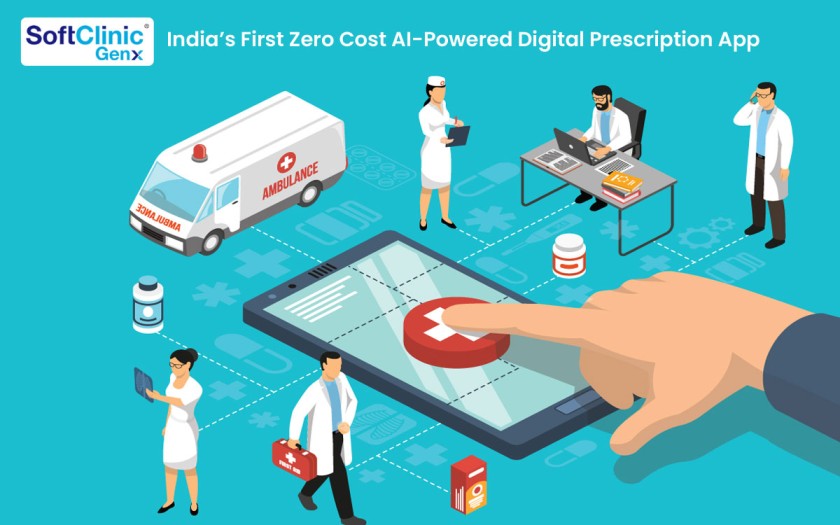Key Modules for a Powerful Hospital Information System
January 2, 2023The electronic medical record (EMR) module stores and manages patient data such as demographics, diagnoses, medications, and treatment plans. It also includes test results and other clinical information.
The electronic medical record (EMR) module stores and manages patient data, including demographics and treatment plans. Moreover, it includes test results and other clinical information.
The clinical decision support (CDS) module offers guidance and alerts to healthcare providers based on best practices, guidelines, and patient data.
Order entry and management module:
- This module lets healthcare providers place orders for tests, medications, and treatments and tracks their status.
- The scheduling module manages appointments and schedules for patients and healthcare providers.
- The billing and revenue management module handles billing and payment processing for patients and insurance companies.
- The laboratory information system (LIS) module manages and tracks laboratory test orders, results, and reports.
- The radiology information system (RIS) module manages and tracks radiology orders, images, and reports.
- The pharmacy information system (PIS) module manages and tracks medications, including prescribing, dispensing, and administering.
- The supply chain management module manages the procurement, inventory, and distribution of supplies and equipment.
- The financial management module handles the hospital’s budgeting, accounting, and other financial functions.
- The clinical documentation module allows healthcare providers to document patient encounters, including progress notes, discharge summaries, and other clinical documentation.
Population health management module:
This module helps hospitals track and manage the health of specific patient populations, such as those with chronic diseases. Additionally, it enables targeted care strategies for better outcomes.
Care coordination module:
- This module helps hospitals coordinate care across different departments and providers, including referrals, transitions of care, and follow-up appointments.
- The patient portal module provides patients with secure online access to their medical records, test results, appointment schedules, and other information.
Data analytics module:
This module enables hospitals to analyze and interpret data from various sources, such as EHRs and claims data. Consequently, it helps identify trends and improvement opportunities.
Remote monitoring:
The module enables hospitals to monitor patients’ health remotely through wearable devices or home-based monitoring systems.
The Telemedicine module allows hospitals to provide virtual healthcare services, such as consultations, diagnoses, and treatments, through videoconferencing and other remote technologies.
Medical image management module:
This module manages and stores medical images, such as X-rays, CT scans, and MRIs, making them accessible to healthcare providers for diagnosis and treatment. Meanwhile, SoftClinic GenX HIS automates and integrates various hospital functions to support efficient healthcare delivery. Some HIS systems offer a broader range of modules, while others focus on specific capabilities.

